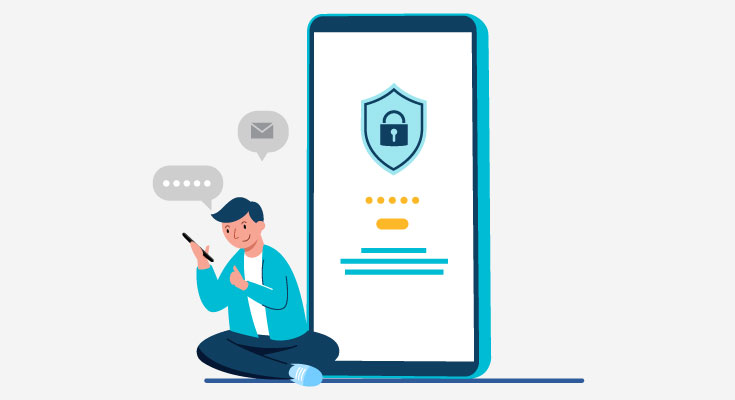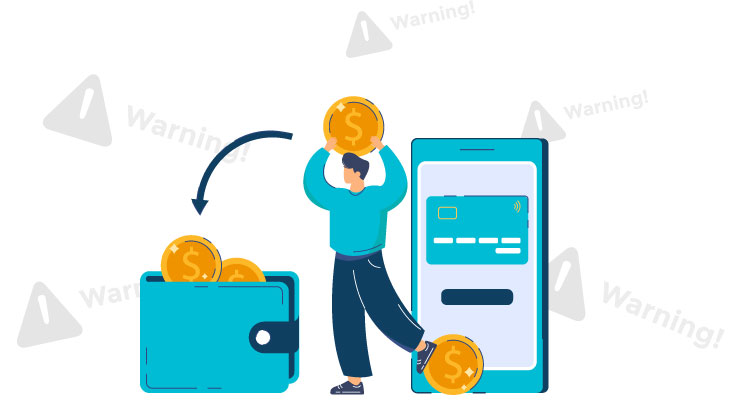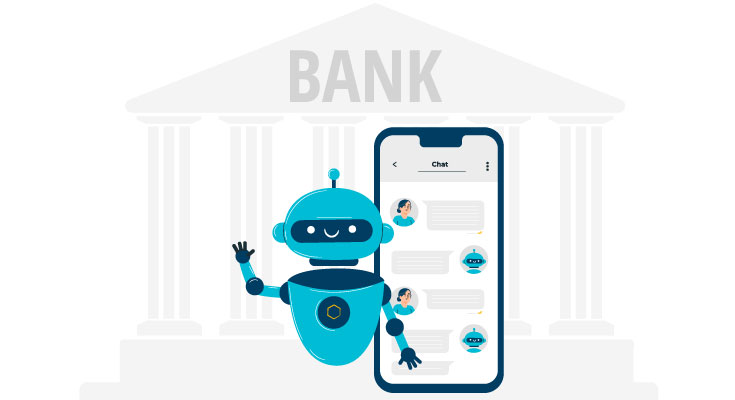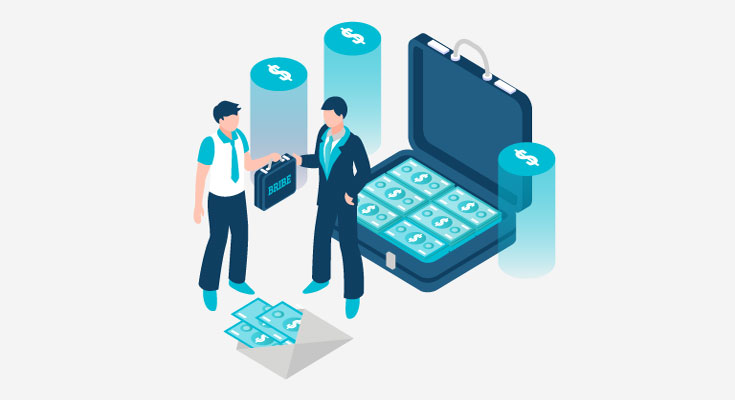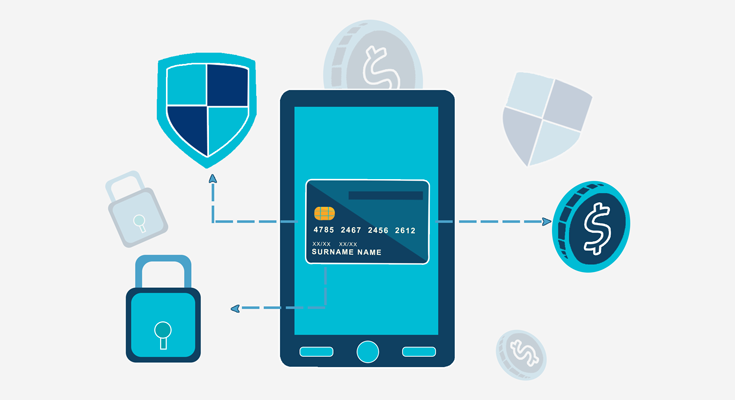Secure Online Payment Processing Practices: Protecting Customers and Businesses from Risk
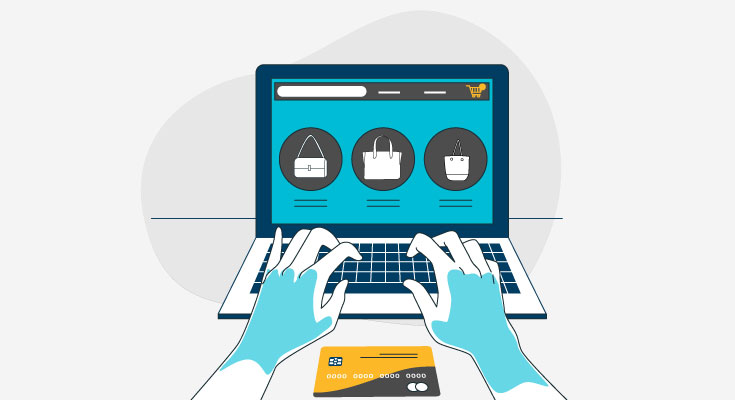
Fraudsters are always looking to exploit the weak points in a system, be it ordinary banking activities or online payment. Shoppers can’t just stop making online payments due to the fear of being exposed. Customers deserve a smooth, friction-free, and secure payment experience and it’s the responsibility of a business to make that environment.
To protect customers and the business from fraudsters, merchants need to understand the best parameters and best secure online payment processing practices. By employing the best practices for secure online payment processing, businesses can ensure that every payment goes through seamlessly, be it credit cards, debit cards, or digital wallets.
Three Factors for a Secure Online Payment Processing
There are several factors that payment merchants should keep in mind while trying to build a secure online payment environment. The payment method should provide a smooth and simple experience for all types of payment methods, including credit and debit cards and digital wallets. Here are the three factors to consider to reduce payment risk:
- Fraud
- Security
- Compliance
1. Fraud
How well a business manages fraud will determine its success. Fraud management is the key to businesses and may require changes to the payment methods and additional buyer identification verification. A high level of fraud can result in credit card companies stopping a merchant’s right to process payments, and it can lead to reputation loss for a business.
2. Security
As fraudsters try to find and exploit the weaknesses of a payment processor, it is up to the merchants to find all possible vulnerabilities and fix them. This will help in building a secure online payment processing environment.
3. Compliance
Merchants need to follow the regulatory rules and regulations dictated by regulatory entities, as per their geographical location. These rules and regulations are built to protect customers and businesses from all fraudulent activities. Payment merchants need to have a clear understanding of the regulations that they’re obligated to follow to ensure secure payment processing for customers and businesses.
Best Practices for Secure Online Payment Processing
1. Matching IP Address and Billing Address
Checking the details available during a transaction can help in uncovering fraud in real-time. This can help businesses save huge sums in terms of both money and resources. Payment merchants can use the latest technologies that help in verifying the IP address of the buyer with the billing address mentioned on the credit card to verify if the credit card holder is a genuine buyer.
2. Encrypt Information
SSL (Secure Sockets Layer) and TLS (Transport Layer Security) are standard practices that can be used to encrypt data when browsing the internet. Securing transactions with SSL protocols ensure that sensitive information is encrypted and can be accessed by the authorized recipient.
3. Use Payment Tokenization
To build a secure online payment processing environment, merchants can use credit card tokenization. Credit card tokenization can de-identify sensitive information by converting it to a series of randomly generated numbers known as “tokens”. As a token, information can be sent and received through the internet and payment networks without sharing information that can lead to a customer being exposed.
4. Make Strong Passwords Mandatory
Fraudsters gain access to millions of accounts annually just by guessing commonly used passwords, such as names, birth dates, and common words. Merchants and eCommerce businesses can protect customers by requiring them to use stronger passwords. In case a customer forgets their complicated and secure password, they can reset it by using the “forget password” option.
5. Leverage 3D Secure
One of the easiest ways fraudsters gain access to a consumer’s accounts is by guessing the passwords. 3D secure is a method of customer authentication designed to prevent unauthorized use of credit cards and protect eCommerce merchants from losing money in a fraudulent transaction.
Payment merchants, credit card networks, and financial services institutions share necessary information among themselves to authenticate transactions. All merchants are required to comply with the latest regulations by the EU for better online customer verification and 3D security is one of the best ways to achieve this.
6. Request CVV
The CVV (Card Verification Value) should be made mandatory across all payment networks. This CVV should be asked before every transaction for authenticating the user of the card, this can prevent “card-not-present fraud and fraudulent transactions over the phone.” Even if your credit card numbers have been exposed, asking for CVV information can help in the prevention of fraudulent transactions.
7. Use Strong Customer Authentication
SCA can be leveraged by payment merchants and credit card companies to reduce fraudulent transactions significantly. SCA contains two or more elements to authenticate a customer. It requires something you know (a password or PIN) and something you have (a badge or smartphone), or something you are (fingerprints or voice recognition).
8. Continuous Monitoring
One of the best practices for secure online payment processing is continuous monitoring. Merchants need to use a payment gateway that automatically detects and manages fraudulent activity. With built-in fraud management, businesses can set rules, based on their situation and tolerance for risk, that limit or reject transactions that seem suspicious.
9. Manage PCI Compliance
Merchants that process, store or share credit card data are required to be PCI compliant as per government rules. If a non-PCI compliant business suffers a data breach, they can end up paying hefty fines and penalties, plus they’ll have to deal with reputation damage.
Payment processors play a huge role in helping out merchants and maintaining compliance, but businesses should take a proactive role in understanding compliance requirements.
10. Train Employees to Detect Fraud
A business is as good as its employees. It should be the responsibility of a business to provide its employees with enough knowledge and skills to recognize suspicious activities and how to deal with them. When the team understands the secure payment process, they’re better prepared to identify fraudulent activities while they’re underway.
By using these practices for secure online payment processing, businesses can reduce the risk of fraudulent transactions while improving brand reputation and customer experience.





